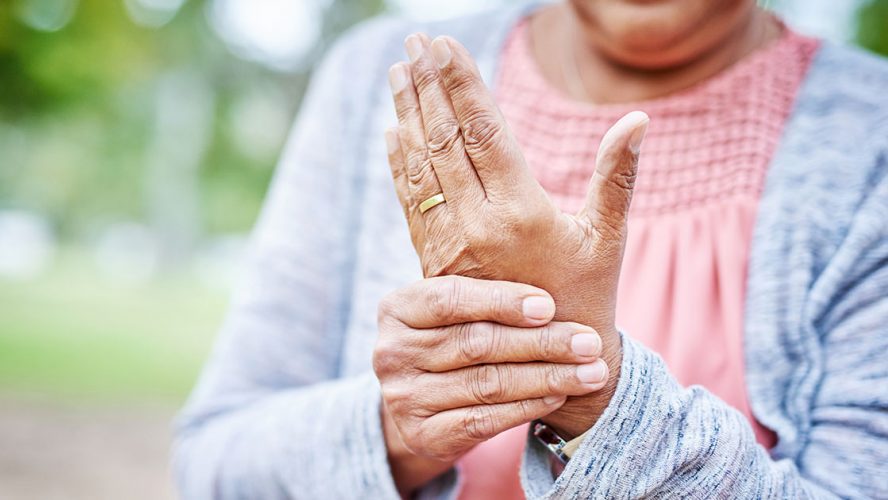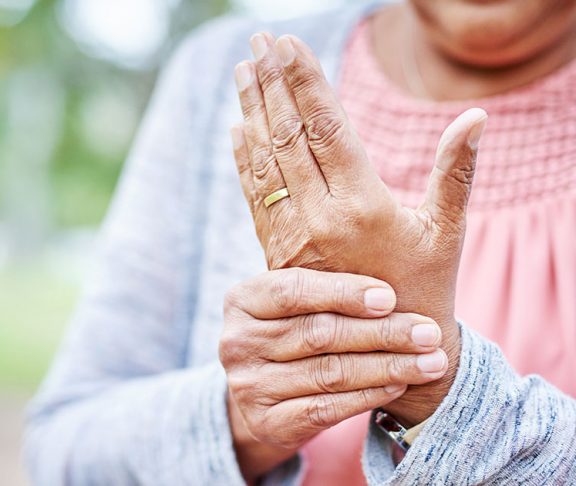
Elizabeth A. Thompson
More than 54 million Americans either already have osteoporosis or are at high risk of the disease because of low bone density. Osteoporosis-related bone fractures are responsible for more hospitalizations than heart attacks, strokes, and breast cancers combined. Despite this crisis, the problem is rarely a focus of the public or policymakers.
By the numbers
In order to drive needed attention and policy change, the National Osteoporosis Foundation (NOF) contracted with independent actuarial firm Milliman to conduct an analysis of the economic and clinical impact of bone fractures suffered by Americans in the Medicare program. This new report shows the number of osteoporotic fractures suffered annually will grow 68 percent by 2040, exacting a greater economic and human toll on Medicare beneficiaries, caregivers, and taxpayers.
While the numbers in this report are shocking and upsetting, the good news is that we have the tools to stem this crisis. Medicare pays for state-of-the-art bone density testing to identify those who are at risk of bone fractures, allowing for early and effective preventive steps and interventions.
Medicare also pays for FDA-approved medicines for osteoporosis that can help reduce spine and hip fractures by up to 70 percent, and cut secondary (repeat) fractures by about half. New models of coordinated care for patients’ post-fracture have reduced rates of fractures and lowered costs.
Being proactive
Fortunately, there are actions you can take to be an advocate for your own bone health and protect your ability to live your best life. Check out the “35 Ways to Stay Bone Strong” at https://www.bonetalk.org/learn-more.
One of the first things you can do is talk to your doctor and ask the right questions about your risk for osteoporosis. Make a list of the questions that you would want to ask your primary care physician related to understanding your personal risk based on family history or other medical conditions.
Another step you can take is eating the right foods to build and maintain good bones. Some of these foods include dairy products like low-fat and nonfat milk, yogurt, and cheese (containing calcium), and fatty fish like salmon, mackerel, tuna, and sardines ( Vitamin D). These different foods are rich in calcium and Vitamin D, which is essential to keeping your bones strong and healthy.
Lastly, it’s important to get enough exercise. There are two types of osteoporosis exercises that are important for building and maintaining bone density: weight-bearing and muscle-strengthening exercise. Some examples of low-impact, weight-bearing exercises include using elliptical training machines, low-impact aerobics, and fast walking on a treadmill or outside. Examples of muscle-strengthening exercises include lifting weights, using elastic exercise bands, and doing yoga and Pilates.
Confronting an epidemic
As the nation ages, osteoporosis will continue to become a larger problem, exacting a major economic and human toll on Medicare beneficiaries, their caregivers, and taxpayers. Preventing secondary fractures will result in significant Medicare savings while also reducing suffering for older Americans.
Learn more about how you can be part of NOF’s mission to address this significant health crisis and stay bone strong by visiting www.nof.org.

